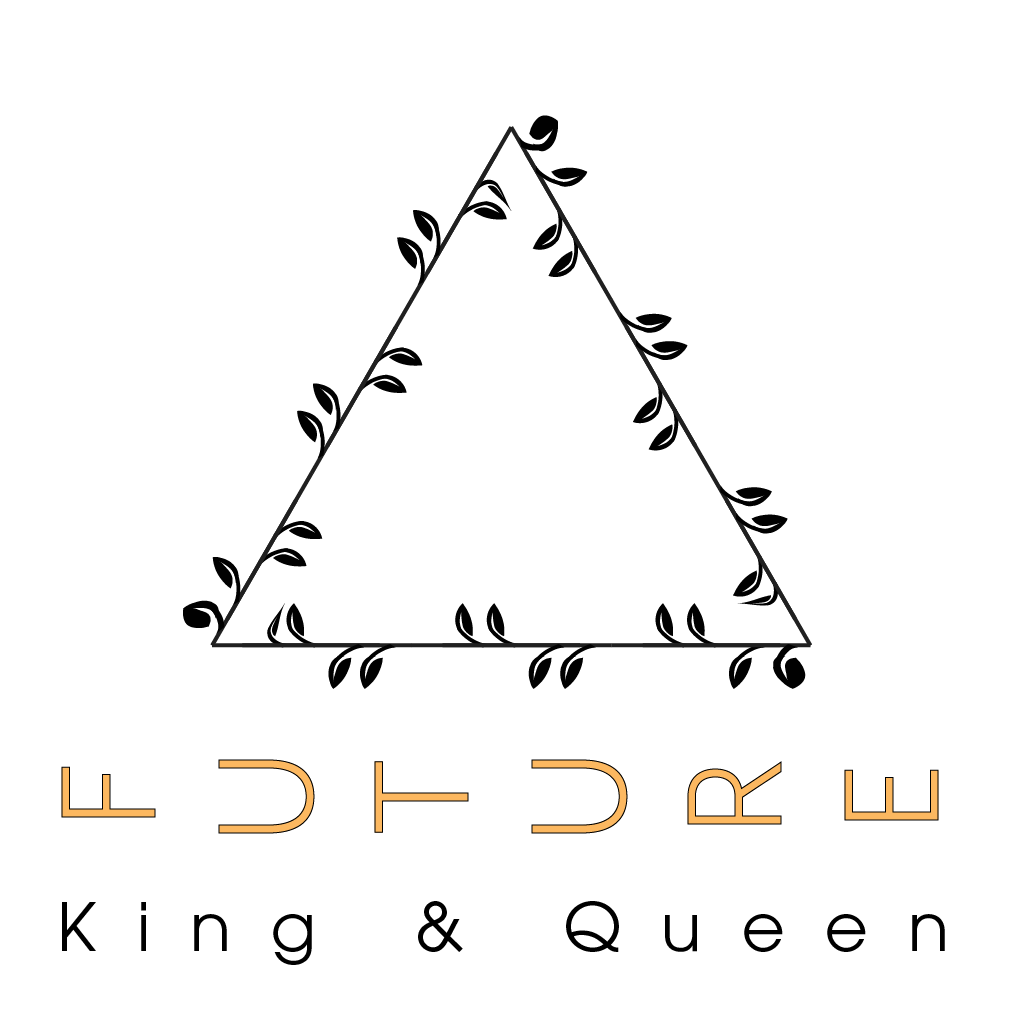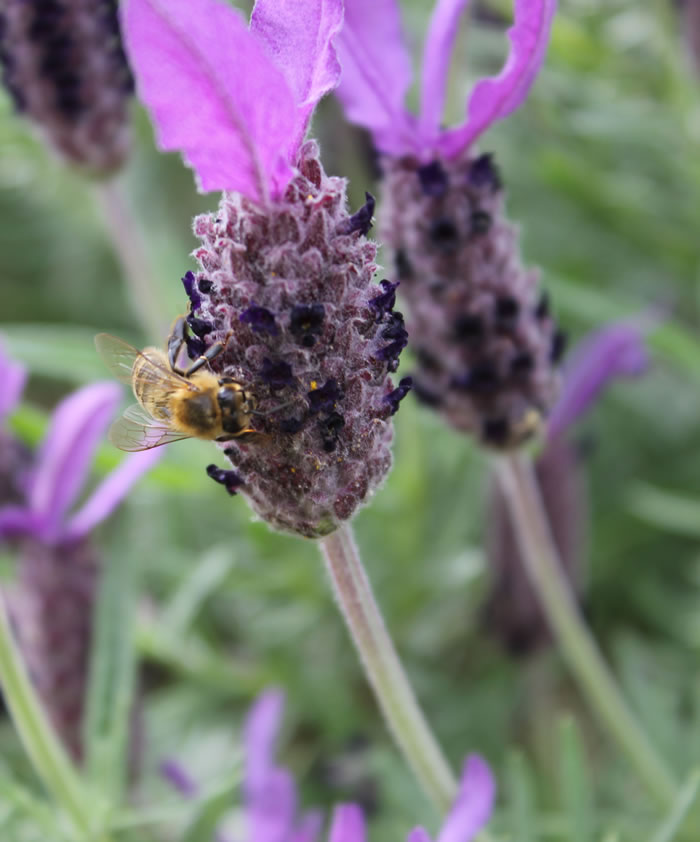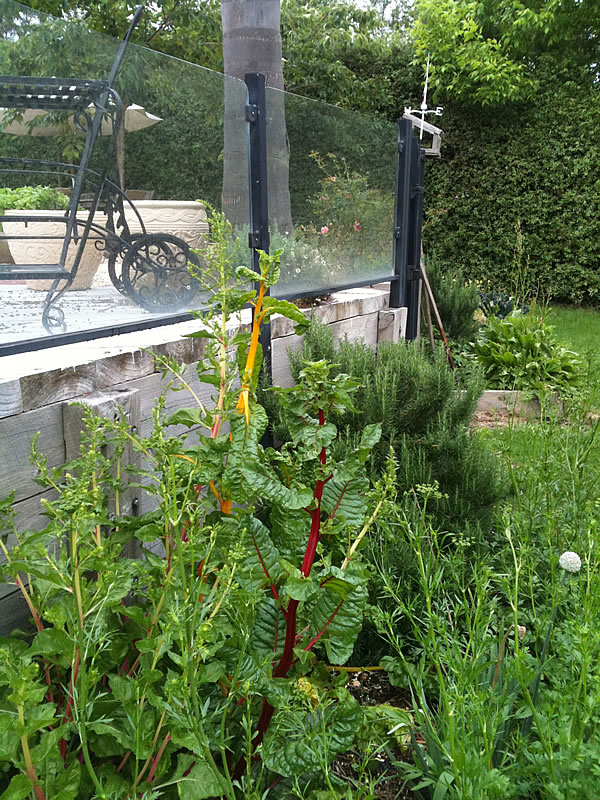How to plant a Bee Friendly Garden
Have you ever wondered if you can make a difference to the declining bee population of the world?
Well you can! By planting bee friendly plants in your garden, you can help to feed both native and introduced bees which are under threat from the extensive use of pesticides, herbicides and declining forrests. (And on top of that, bees are also dealing with increasing numbers of Varroa mites, which invade beehives and feed on both the bees and their honey. So they need all the friendly support they can get.)
It’s easy to give them a helping hand by planting a bee friendly garden, so how do we do it?
5 simple things to do in your garden to help bees
Plant a range of flowers,
so there’s always something flowering in your garden throughout the seasons. Some perenial, some annual - mix it up to provide variety.Place shallow bowls of water in your garden,
with plenty of rocks in the bowls, so that bees can drink without drowning.Avoid the use of pesticides or herbicides in your garden.
Even some ‘natural’ pesticides like Neem Oil and Pyrethrum (from daisies) are deadly to bees. The most important one to avoid though, is anything which contains neonicotinoid. Banned entirely in the EU (for its involvement in declining bee populations), this chemical alters the transmission of neural messages in insects. Whilst the scientific commmunity is still debating the various studies on the extent of damage to insects from neonicotinoids, we reckon it’s always better to err on the side of caution. (Confidor is a brand name of insectide which contains neonicotinoid.)
Also potentially dangerous to bees are products containing glyphosate (or Roundup to use its market name). Again, there is some scientific debate on the extent, but enough studies which suggest it is harmful that we figure it’s better to avoid it.Purchase seeds or plants which have not already been treated with pesticides.
The easiest way to do that, is to plant from organic seeds - many of which are available by mail order.Plant in mulitiples.
Bees are more likely to tell their crew of a ‘good find’ if there’s an abundance, so plant in groups or clusters of the same species, so there’s plenty for the whole hive to share.
the best plants to have in your bee friendly garden?
Think blue, purple and white: the favourite colours to attract bees!
Choose a mix of plants which are native to your area, to attract native bees, as well as globally available species which are known to be honey-bee friendly. The plants of the world need bees in order to propagate, which in turn provides a food source for many other animals as well as us.
Here are a few of the bees’ top favourites to include in your garden:-
1: LAVENDER
French, Italian, English or Spanish : the bees don’t mind and love them all.
2: Salvia
Sage, any kind, the bees aren’t fussy.
From Russian Flowering Sage (pictured here) to all the edible varieties of sage, you will be rewarded with happy bees and beautiful flowers from spring through to autumn.
Edible sage can easily be grown in pots if you have a balcony garden.
Other bee favourite herbs are Rosemary and Borage. (Both of which can also be grown in pots if you have a small, or no, garden.)
3: let the veggies & herbs go to seed
If you let some of your herbs and veggies run to seed, rather than picking all the stems, the flowers which form just before the seeds will be super appealing to bees.
Extra bonus: once they have gone to seed, pick them for display in your home, then gather and dry the seeds for next year’s harvest.
4:fruit trees
Whether you select flowering fruit trees (like Crabapples), nut trees (like the almond tree pictured here) or classic fruit trees (like cherries, apples, plums or pears), the spring profusion of blossom will soon dance to the vibration of dozens of happily gorging bees.
Extra bonus: you get to harvest the fruit and nuts in summer and autumn too!
5: wisteria
The buzzing of bees on wisteria is one of the quintesential sounds of spring.
Wisteria are available in blue or white varieties. Bees like both, but anything blue is generally top of their favourite’s list.
Because wisteria will sporadically produce random flowers here and there throughout summer, it provides a food source for bees beyond spring.
If you are in Australia, some native options to grow would include:-
Hardenbergia violacea (purple coral pea)
Grevillia - any variety, from small groundcovers to tall shrubs
Eucalypts - try some of the newer dwarf varieties, like Corymbia Summer Beauty
Callistemum - or flowering bottlebrush. Available in a range of colours from dark red to white, bees adore this one.
World-wide, some other bee attracting plants include:-
Sunflowers.
Lamb’s Ear - Stachys.
Poppies. A real bee favourite, especially the paler yellow, white and orange kinds.
Herbs: pretty much all the culinary herbs provide a good food source for both bees and the gardener/cook. Think flowering herbs like chamomile, lemon balm, oregnano, basil, borage, chives and thyme. Pick the stems you need, and leave others to develop into flowers for the bees. (Fun Fact: we can eat herb flowers too - and they are very pretty in salads.)
Weeds! To a bee, a weed is just another flower, which means a food source. Leaving some weeds to grow to flower in your garden can be beneficial for them, especially if not much else is in flower.
Flowering plants. The fashion for ‘all green’ gardens over the last few decades hasn’t been especially kind to bees. Conifers and box hedges may be attractive to a human, but not to a bee. Tuck some flowering plants amongst the green hedges so that we can both be happy.
I don’t have a garden!
What can I do to help the bees?
Even if you don’t have a garden, you may have a courtyard, balcony or terrace on which to grow some bee-friendly plants in pots.
And if you don’t have any of these, there are still fantastic things you can do to help your local bees:
Buy organic fruit & veggies as much as possible. They won’t have been sprayed with pesticides, insecticides or herbicides, which is incredibly detrimental to the survival of bees world-wide. Purchasing organic goods from your local farmer’s market is generally the most inexpensive way to purchase organic or bio-dynamic fresh produce, and it helps the local farming community as well as reducing food miles.
Reduce the demand for land clearing (which destroys a lot of natural bee habitat) by choosing which brands and everyday products you purchase from. Eg, buying toilet paper made from recycled paper rather than made from virgin forest, can help the bees.
If you eat honey, select only local, certified honey from reputable producers. Purchasing honey from other regions and countries can spread harmful bee disease to new areas. (Australia is the last country in the world not to have the deadly Varroa mite. It’s probably only a matter of time before somebody carelessly & selfishly lets them in, despite very stringent quarantine laws. But the longer this can be avoided, the more time it gives scientists to find a solution.)
Education: talk to other people about the need for care for our buzzy friends. Encourage your local council, schools and neighbourhood gardeners to avoid the use of glyphosate and neonicotinoid laden pesticides.
For more information about the important role of bees in nature’s cycle, and what you can do, check out these resources:-
Act for Bees (Australia)
The Bee Cause (UK)
Planet B Foundation (USA)
All images by Future King and Queen.
Top header images: lavender (left) and scabiosa (right) are both bee friendly flowers.








